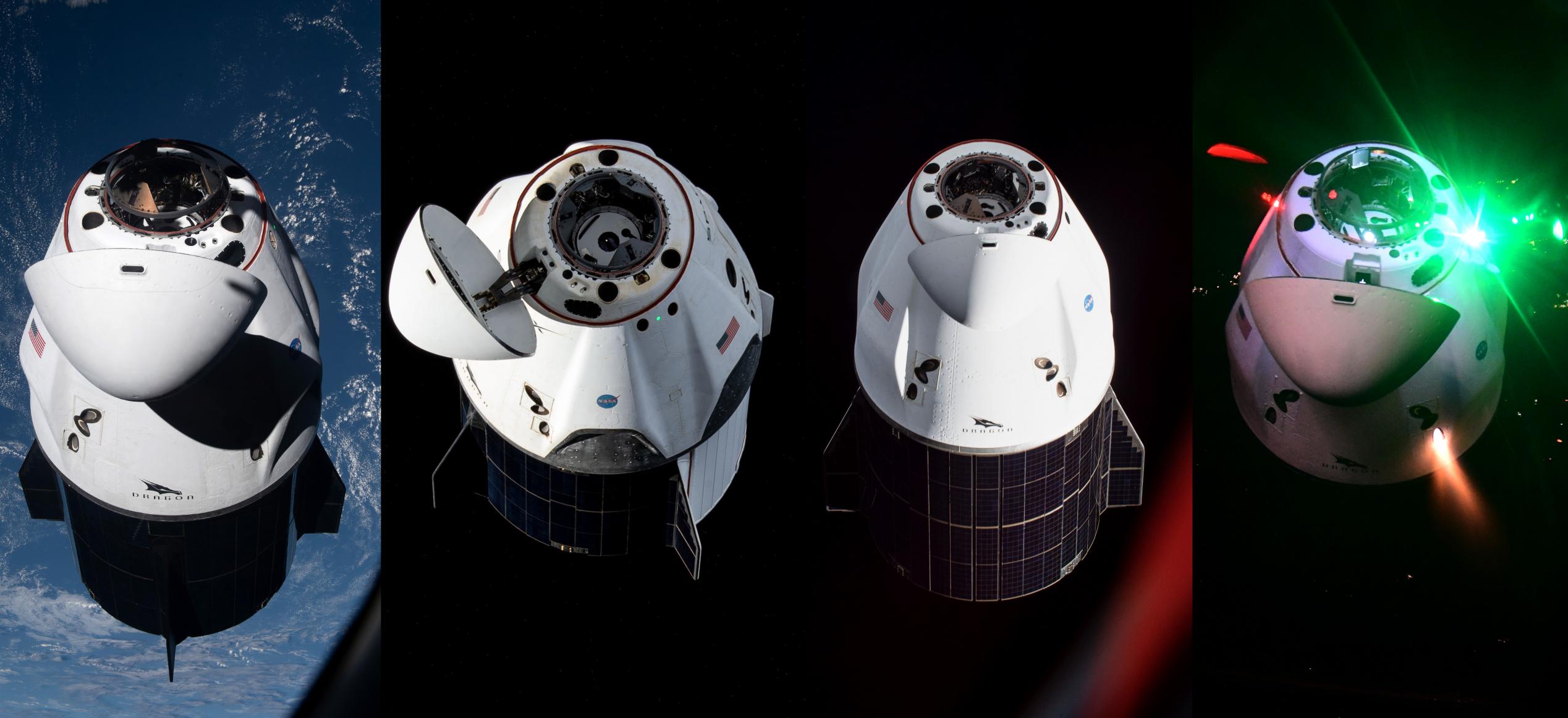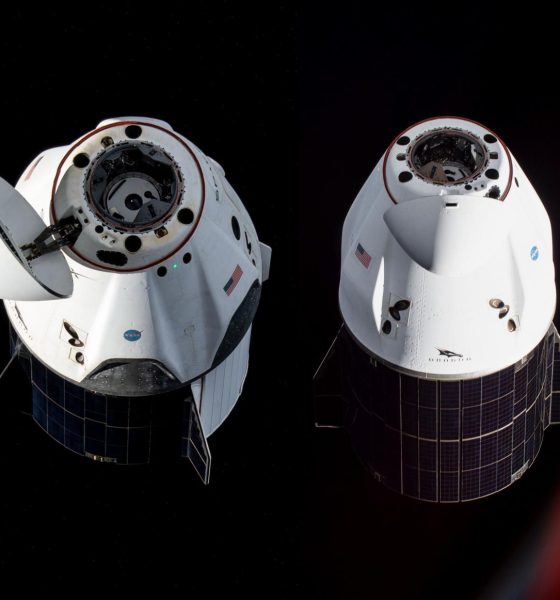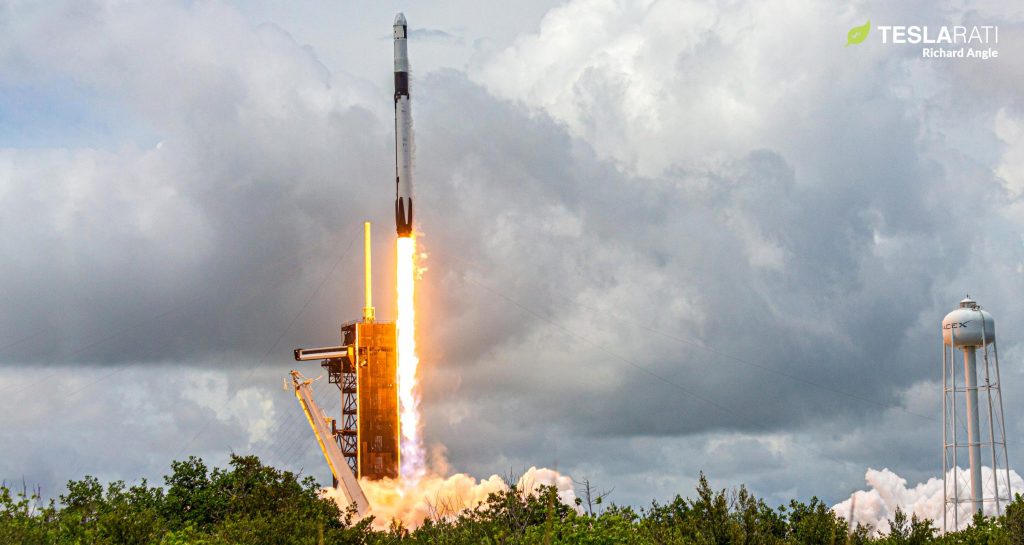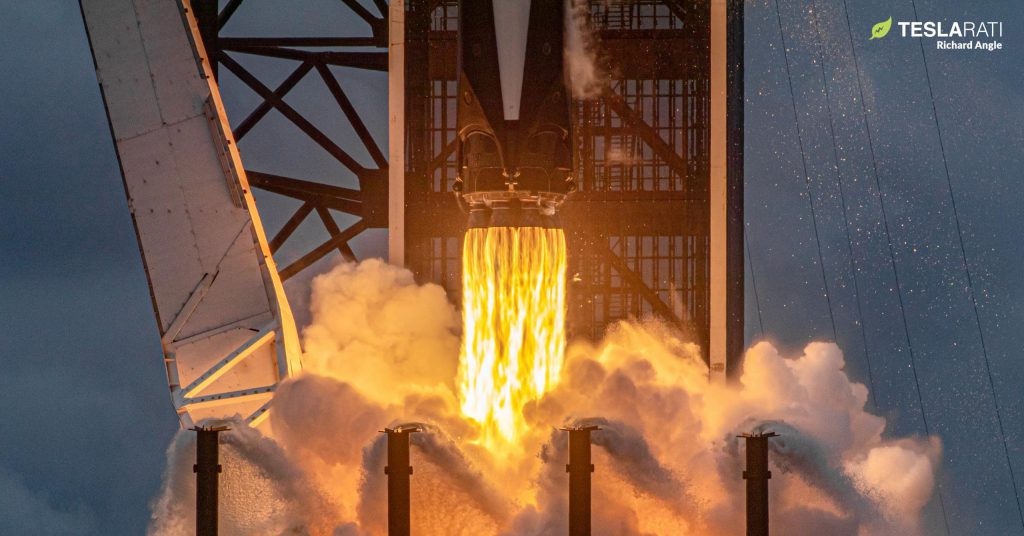

News
SpaceX to nearly double fleet of reusable Dragon spacecraft by end of 2022
Comments from NASA and SpaceX officials during a briefing ahead of Crew Dragon’s third operational astronaut launch have offered a more detailed picture of the fleet of reusable Dragon spacecraft the company plans to build and cycle to support NASA missions.
As part of the briefing, SpaceX Director of Dragon Mission Management Sarah Walker revealed that NASA’s imminent Crew-3 mission will debut a new Crew Dragon capsule (likely C210), which will be carried into space on top of once-flown Falcon 9 booster B1067. B1067 debuted on June 3rd, 2021, sending SpaceX’s second upgraded Cargo Dragon spacecraft on its way to the International Space Station (ISS) before returning to Earth and sticking a landing on drone ship Of Course I Still Love You. While far from breaking SpaceX’s own turnaround records, B1067’s Crew-3 launch will be the second time NASA has flown astronauts on a flight-proven commercial rocket.
SpaceX flew NASA astronauts on a flight-proven booster (Falcon 9 B1062) for the first time in April 2021 as part of Crew-2 – Dragon’s second operational crew launch and first crew ‘rotation.’ Crew-2’s Crew Dragon was also flight-proven, having supported SpaceX’s inaugural Demo-2 astronaut launch in mid-2020 – perhaps an even more impressive feat.
Five months later, SpaceX launched the world’s first all-private group of astronauts as part of a primarily philanthropic mission known as Inspiration4. Once again, a flight-proven booster launched an orbit-proven Crew Dragon capsule carrying four astronauts, pushing human-rated reusability even further with the first use of a twice-flown Falcon 9 on a crewed mission.
Crew-3 will thus continue the brand new trend of launching professional NASA and international astronauts on flight-proven SpaceX rockets. Scheduled to lift off no earlier than 2:43 am EDT (06:43 UTC) on Saturday, October 30th, a successful launch will mean that SpaceX has launched more crewed Dragons on flight-proven Falcon 9s than on new boosters – and despite the fact that the company completed its first astronaut launch ever less than a year and a half ago.


While Crew-3 won’t be the third crewed launch of a flight-proven Dragon, it will still play the important role of debuting a new vehicle as SpaceX works to assemble a fleet of reusable, orbital spacecraft. The spacecraft – likely Dragon 2 Capsule #10 (C210) – will be the third Crew Dragon to join SpaceX’s fleet of two operational crew capsules, which currently includes C206 (Endeavor) and C207 (Resilience). SpaceX’s Walker further confirmed that Crew-4 – recently scheduled to launch NET April 2022 – will also debut a new Crew Dragon capsule, growing the company’s crew capsule fleet to four vehicles by mid-2022.
Each certified to fly at least five NASA missions apiece, those four spacecraft should be enough to sate at least a few years of SpaceX’s near-term Crew Dragon launch demand. If an extended certification beyond five flights is impossible or if the company continues to fly public and private astronauts on Dragon well into the mid to late 2020s, however, it’s possible that several more capsules will be needed. But in theory, if Boeing’s Starliner finally reaches operational readiness in 2023 and NASA continues to operate the ISS to 2030 and beyond, SpaceX will only be tasked with supporting one NASA Crew Dragon launch annually by 2023.




On the uncrewed side of things, Walker also revealed that SpaceX will debut at least one more new Cargo Dragon 2 spacecraft in 2022, raising the company’s uncrewed Dragon fleet to four capsules strong. As long as the ISS remains operational, SpaceX will likely continue to deliver cargo biannually, requiring around 12-18 more Cargo Dragon launches between now and 2030. It’s possible that Starship will quickly replace Dragon as soon as it’s operational and NASA-certified for routine crew and cargo missions, but that milestone is several years away at best, likely ensuring that Dragon will continue to operate for at least the next 5-10 years.
In the meantime, SpaceX’s fleet of reusable Dragon spacecraft looks set to almost double from four to seven capsules by Q4 2022.

Elon Musk
Elon Musk’s xAI closes upsized $20B Series E funding round
xAI announced the investment round in a post on its official website.

xAI has closed an upsized $20 billion Series E funding round, exceeding the initial $15 billion target to fuel rapid infrastructure scaling and AI product development.
xAI announced the investment round in a post on its official website.
A $20 billion Series E round
As noted by the artificial intelligence startup in its post, the Series E funding round attracted a diverse group of investors, including Valor Equity Partners, Stepstone Group, Fidelity Management & Research Company, Qatar Investment Authority, MGX, and Baron Capital Group, among others.
Strategic partners NVIDIA and Cisco Investments also continued support for building the world’s largest GPU clusters.
As xAI stated, “This financing will accelerate our world-leading infrastructure buildout, enable the rapid development and deployment of transformative AI products reaching billions of users, and fuel groundbreaking research advancing xAI’s core mission: Understanding the Universe.”
xAI’s core mission
Th Series E funding builds on xAI’s previous rounds, powering Grok advancements and massive compute expansions like the Memphis supercluster. The upsized demand reflects growing recognition of xAI’s potential in frontier AI.
xAI also highlighted several of its breakthroughs in 2025, from the buildout of Colossus I and II, which ended with over 1 million H100 GPU equivalents, and the rollout of the Grok 4 Series, Grok Voice, and Grok Imagine, among others. The company also confirmed that work is already underway to train the flagship large language model’s next iteration, Grok 5.
“Looking ahead, Grok 5 is currently in training, and we are focused on launching innovative new consumer and enterprise products that harness the power of Grok, Colossus, and 𝕏 to transform how we live, work, and play,” xAI wrote.
Investor's Corner
Tesla gets price target bump, citing growing lead in self-driving

Tesla (NASDAQ: TSLA) stock received a price target update from Pierre Ferragu of Wall Street firm New Street Research, citing the company’s growing lead in self-driving and autonomy.
On Tuesday, Ferragu bumped his price target from $520 to $600, stating that the consensus from the Consumer Electronics Show in Las Vegas was that Tesla’s lead in autonomy has been sustained, is growing, and sits at a multiple-year lead over its competitors.
CES 2026 validates Tesla’s FSD strategy, but there’s a big lag for rivals: analyst
“The signal from Vegas is loud and clear,” the analyst writes. “The industry isn’t catching up to Tesla; it is actively validating Tesla’s strategy…just with a 12-year lag.”
The note shows that the company’s prowess in vehicle autonomy is being solidified by lagging competitors that claim to have the best method. The only problem is that Tesla’s Vision-based approach, which it adopted back in 2022 with the Model 3 and Model Y initially, has been proven to be more effective than competitors’ approach, which utilizes other technology, such as LiDAR and sensors.
Currently, Tesla shares are sitting at around $433, as the company’s stock price closed at $432.96 on Tuesday afternoon.
Ferragu’s consensus on Tesla shares echoes that of other Wall Street analysts who are bullish on the company’s stock and position within the AI, autonomy, and robotics sector.
Dan Ives of Wedbush wrote in a note in mid-December that he anticipates Tesla having a massive 2026, and could reach a $3 trillion valuation this year, especially with the “AI chapter” taking hold of the narrative at the company.
Ives also said that the big step in the right direction for Tesla will be initiating production of the Cybercab, as well as expanding on the Robotaxi program through the next 12 months:
“…as full-scale volume production begins with the autonomous and robotics roadmap…The company has started to test the all-important Cybercab in Austin over the past few weeks, which is an incremental step towards launching in 2026 with important volume production of Cybercabs starting in April/May, which remains the golden goose in unlocking TSLA’s AI valuation.”
Tesla analyst breaks down delivery report: ‘A step in the right direction’
Tesla has transitioned from an automaker to a full-fledged AI company, and its Robotaxi and Cybercab programs, fueled by the Full Self-Driving suite, are leading the charge moving forward. In 2026, there are major goals the company has outlined. The first is removing Safety Drivers from vehicles in Austin, Texas, one of the areas where it operates a ride-hailing service within the U.S.
Ultimately, Tesla will aim to launch a Level 5 autonomy suite to the public in the coming years.
Elon Musk
Elon Musk’s Biggest Revelations on AI, Robots, and the Future of Work from the Moonshots Podcast

Elon Musk’s appearance on the Moonshots with Peter Diamandis podcast was packed with bold predictions, candid admissions, and surprising tech insights. The nearly three-hour conversation covered everything from artificial intelligence to humanoid robots, geopolitics, and the future of work. Here are the top 10 most intriguing takeaways:
-
Aggressive AGI Timeline Predictions
Musk offered a detailed view on when artificial general intelligence (AGI) could emerge, suggesting it may arrive sooner than many expect, emphasizing both transformative potential and risks.
-
U.S. vs. China in the AI Race
He discussed the strategic competition between the United States and China over AI development, noting that geopolitical dynamics will shape how and who leads in the next decades.
-
Future of Job Markets
Musk touched on how AI and automation could reshape employment, predicting massive boosts in productivity alongside potential disruptions in traditional work structures.
-
Clean Energy Transition
A recurring theme was the role of clean energy in future economies, with Musk reiterating the importance of scaling sustainable power generation and storage.
-
Humanoid Robots Are Coming
On the podcast, Musk elaborated on Tesla’s work on humanoid robots, hinting at timelines and applications that go beyond factories to general-purpose assistance.
-
Tesla Roadster “Last Human-Driven Car”
Outside the core discussion topics, Musk teased features of the upcoming Tesla Roadster — calling it “the best of the last of the human-driven cars” and suggesting safety won’t be its main selling point.
-
The Role of AI in Clean Energy and Robotics
Linking AI to both energy optimization and robotics, Musk explained how smarter systems could accelerate decarbonization and task automation across industries.
-
U.S. Innovation Leadership
Musk argued that maintaining American leadership in key tech sectors like AI, space, and robotics should be a national priority, with thoughtful policy and investment.
-
Job Creation vs. Job Elimination
While acknowledging automation’s disruptive effects, he also outlined scenarios where new industries and opportunities could emerge, particularly in AI, space, and advanced manufacturing.
-
Long-Term Vision for Humanity
Throughout the conversation, Musk revisited his long-term philosophical views — including a belief in humanity’s responsibility to become a multi-planetary and technologically empowered species.
Whether you agree with Musk’s optimism or not, the podcast offers a window into the thinking of one of the most influential figures in tech today, in and why his visions continue to spark debate and inspiration.








